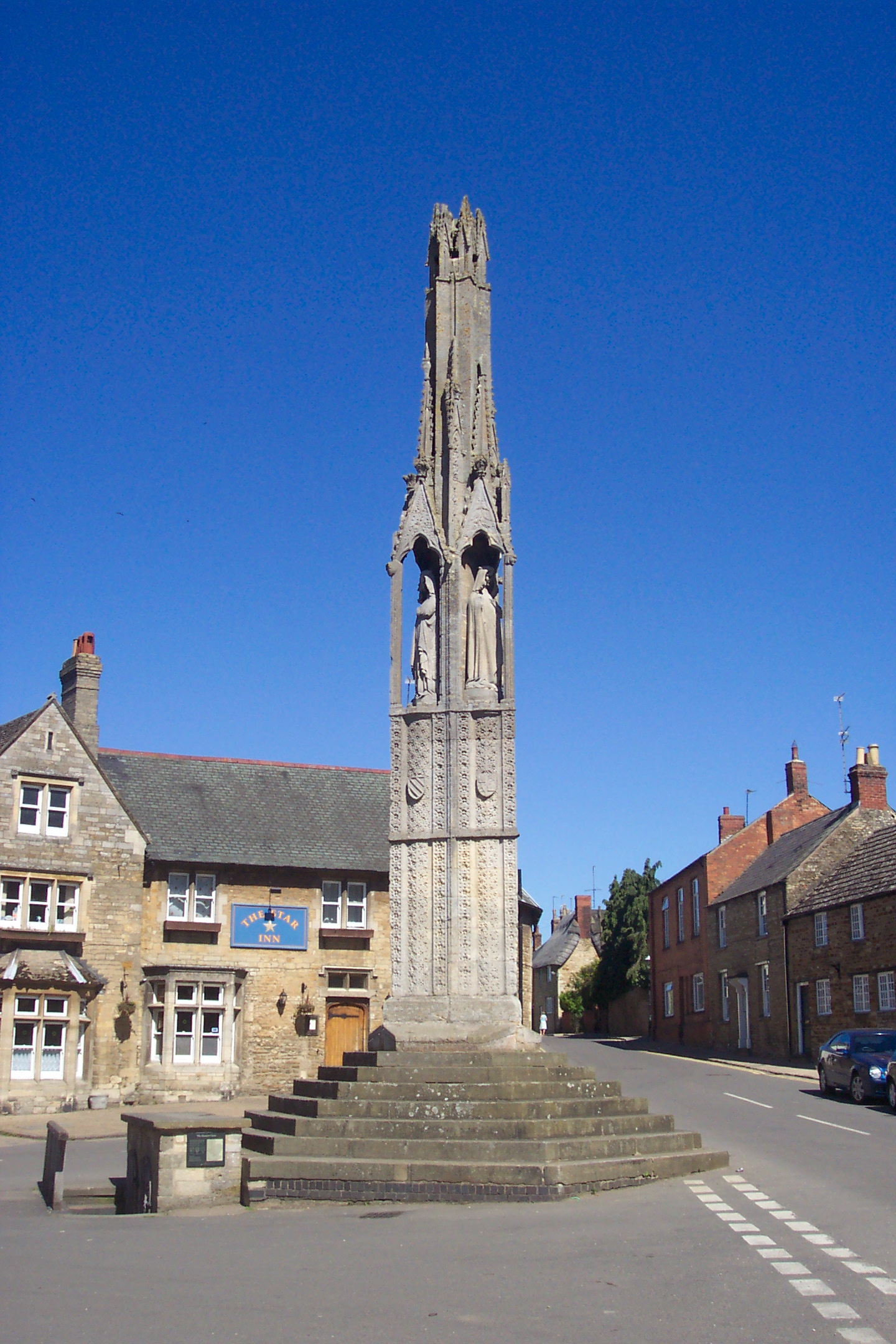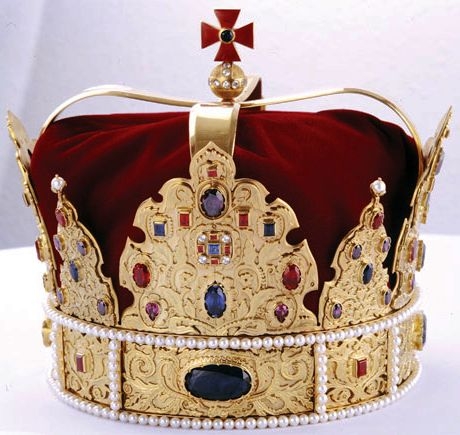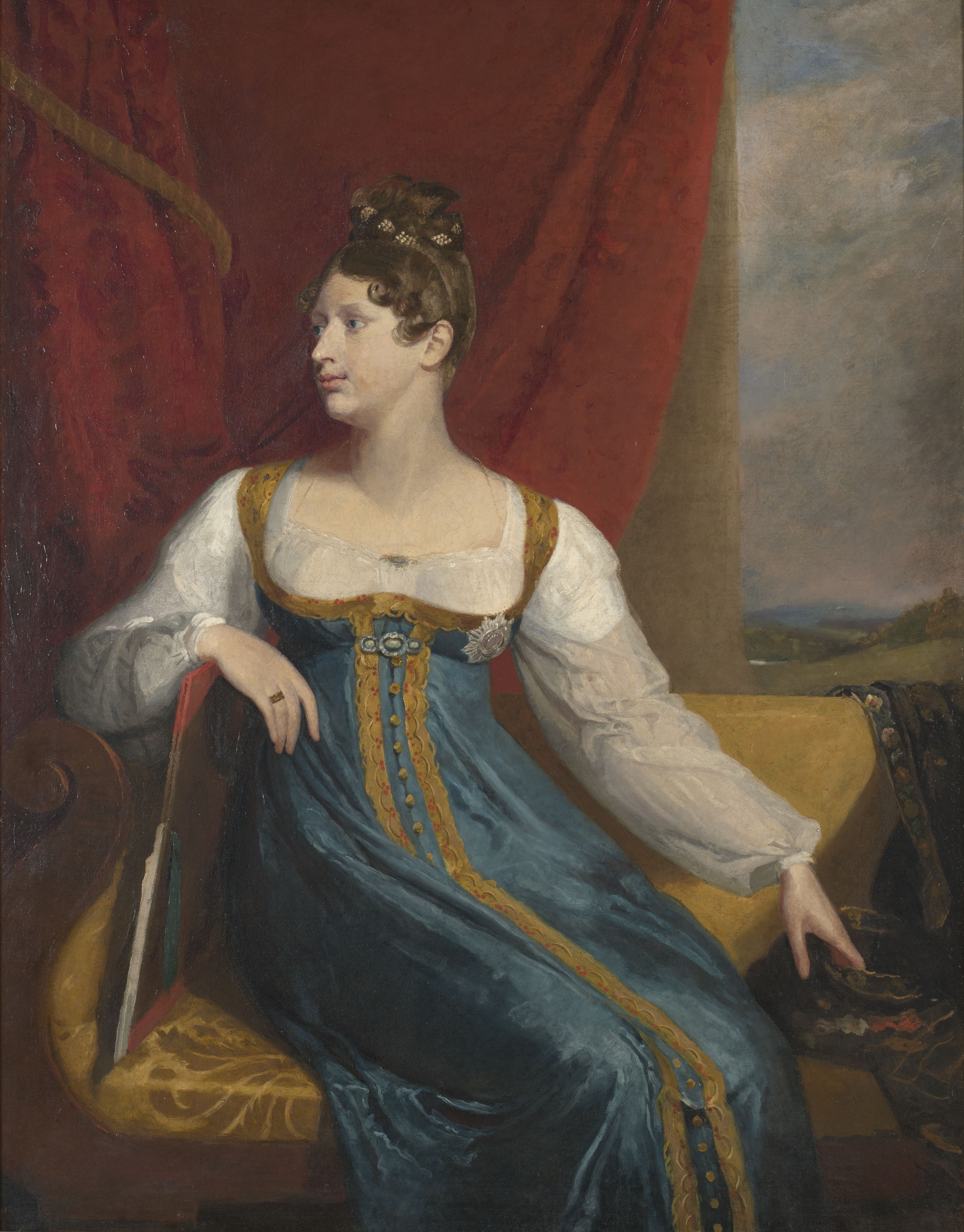Prince Albert Victor of Wales had been both a joy and a source of despair for his parents since the moment of his premature birth in 1864. At barely three pounds, he would have surprised no one by dying as an infant. Instead, for the first but only time in his life, he showed a remarkable tenacity and determination. Named in honor of his grandmother Queen Victoria and her late husband Prince Albert, the newborn was nicknamed Eddy by his parents, Bertie and Alix, the Prince and Princess of Wales. Eddy was destined to become King of England, but the only qualifications he had were royal blood, insouciant charm and a handsome face.
In all other ways, Eddy was a disappointment. He lacked any intellectual capacity which was only enhanced by an inherent laziness. Victoria and Albert had fretted over Bertie’s seeming lack of intelligence, but next to his son, Bertie was a paragon of learning. Eddy was joined in the classroom by his little brother Georgie and in the playroom by three adoring little sisters, Louise, Maud and Toria.
Full of fun themselves, the Prince and Princess of Wales indulged their children’s playfulness, even joining them in their games. For the Wales children, childhood was a time for sunny romps, giggles and joy. So what if the tutors were frustrated beyond belief? There was more to life than learning.
Once it was clear that Eddy would never accomplish anything in the schoolroom, it was decided to send him into the navy. He was 13 years old. Concerned that he couldn’t hack it on his own, the family sent 11-year-old Georgie with him. Together, the young princes traveled around the world. While Georgie thrived, Eddy floundered. So, he joined the army to even less success. Then, he was sent to Cambridge University where he “earned” a degree.
Eddy excelled at only one thing: dissipation. He could not resist a pretty face (of either sex, it is alleged). Even his partying papa recognized that something had to be done. Afraid to send him abroad where he might encounter more sexual escapades and contract more sexually transmitted diseases, Bertie decided that Eddy needed “A good sensible wife – with some considerable character is what he needs most – but where is she to be found?”
Eddy fell in love easily and would gladly have married any number of lovely young ladies had they been deemed suitable. Resigning himself to a royal bride, he cheerfully fell for his cousin, the lovely Princess Alix of Hesse. Queen Victoria found Alix cheerful and sensible, in short, a perfect bride for a prince who needed both beauty and guidance from his wife. Alix, however, already had a bridegroom in mind. She turned down a future as Queen of England to become Empress of Russia. Victoria applauded the fortitude it took to turn down “the greatest position there is.”
When another first cousin, Princess Margaret of Prussia proved even unattractive, Eddy found his own royal candidate, Princess Helene of Orleans, daughter of the pretender to the French throne. They defied a disapproving Queen Victoria and became engaged without her knowledge. With a surprise visit to the romantic old queen, the gorgeous young couple soon changed her mind, but Helene’s father was not so easy to gainsay when he learned that the Roman Catholic princess would be required to convert.
Denied a bride once again, Eddy was rapidly running out of potential mates. The family would have to dig deeper into their cousins to find the right girl: beautiful enough to attract the prince, level-headed enough to keep him on the right track, dutiful enough to make a good queen, and willing enough to say yes.
 Princess Victoria Mary of Teck fit the order perfectly. Despite the fact that her high-spirited mother Princess Mary Adelaide of Cambridge was not a favorite first cousin of Queen Victoria and her father the Duke of Teck was a serene rather than a royal highness, the young princess was stable and calm. May, as she was known, was re-introduced to Eddy and his charms soon had an effect on the princess. On one magical evening, following a royal ball, Eddy asked for her hand and May agreed.
Princess Victoria Mary of Teck fit the order perfectly. Despite the fact that her high-spirited mother Princess Mary Adelaide of Cambridge was not a favorite first cousin of Queen Victoria and her father the Duke of Teck was a serene rather than a royal highness, the young princess was stable and calm. May, as she was known, was re-introduced to Eddy and his charms soon had an effect on the princess. On one magical evening, following a royal ball, Eddy asked for her hand and May agreed.Just weeks later, a solemn and heart-broken princess sat hand-in-hand with the distraught and overwrought Princess of Wales as the family watched the prince slipping away. Lost in delirium, a case of flu having developed into pneumonia, Eddy shouted and cried out for old friends and old flames. May certainly heard him calling, “Helene! Helene!” At one point, he even became convinced that Georgie, who had recently recovered from typhoid fever, was dead
 The entire Wales family—even the worried parents—had truly adored Eddy. His brother Georgie, his best friend in the world, was now required to take his place as future King of England.
The entire Wales family—even the worried parents—had truly adored Eddy. His brother Georgie, his best friend in the world, was now required to take his place as future King of England.“Gladly would I have given my life for his, as I put no value on mine,” Georgie wrote to Alix. The effusive Queen Victoria added her own grief to the tragedy, “a great calamity has befallen us as well as the Country.”
As Bertie returned again and again to the death chamber, unable to fully realize the loss of his son and the Princess of Wales ordered that his room be kept just as if Eddy were about to return at any moment, his quiet fiancée faced an uncertain future.
Already in her mid-twenties, she was a bit older than the average princess bride and she did not have the most stellar royal bloodlines. Grief-stricken as she was by the loss of the dashing prince and the loss of her brilliant future, May also may have felt a niggling, guilt-ridden sense of relief. During the brief engagement, she had started to realize that Eddy had less than sterling qualities, but her concerns were rebuffed by her family. Better, perhaps, a glorious future as Queen of England with an unreliable husband than a future as a penniless spinster princess.
Now, there were even more enormous pressures on May. Quite literally everyone from the Queen to the chimney sweeps thought it would be a grand idea if bereft princess would marry the grieving new heir to the throne. It would not be the first time a royal bride had been asked to transfer her affections in this way. There were only two problems; one was named Georgie and one was named May.
The couple was less than enthusiastic about the idea. Not that they didn’t like each other; they did. In fact, they developed a solid friendship through their shared grieving. But, Georgie and May were each the very epitome of English-ness when it came to what was “proper” and to expressing emotion. They each were not convinced that it was entirely seemly for a man to marry his dead brother’s girl.
 With time, however, the growing affection between them and the external pressure finally convinced Georgie to propose and May to accept. Sixteen months after Eddy’s death, the couple was married and less than a year later, they named their first son Edward in memory of the joyful wastrel whose death had brought them together.
With time, however, the growing affection between them and the external pressure finally convinced Georgie to propose and May to accept. Sixteen months after Eddy’s death, the couple was married and less than a year later, they named their first son Edward in memory of the joyful wastrel whose death had brought them together..jpg)





